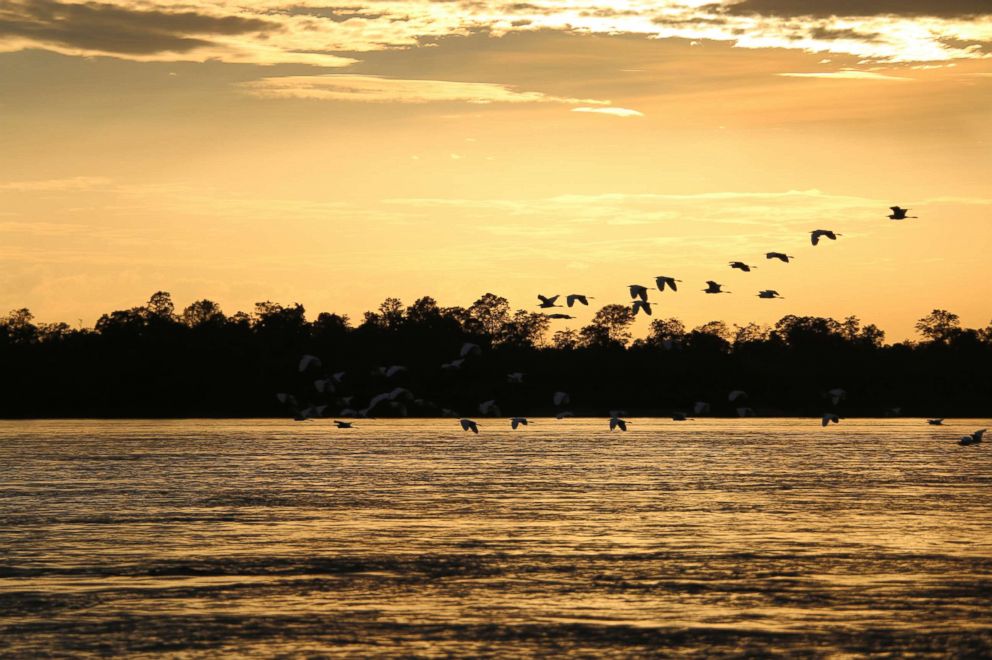Critically endangered river dolphins start to show signs of a comeback
After decades of decline, this dolphin population is bouncing back.
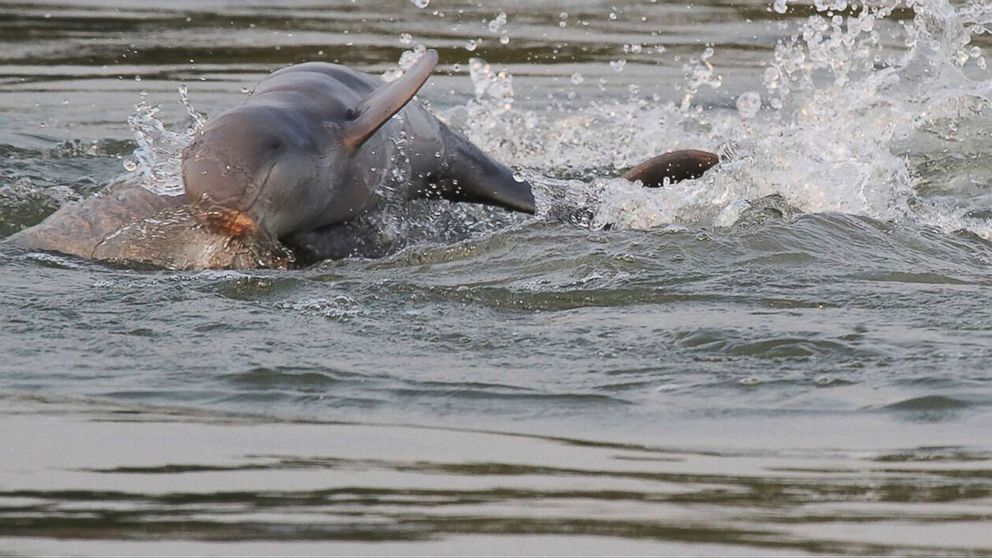
After decades of decline, critically endangered river dolphins in the Mekong have increased in population for the first time in a census released by the World Wildlife Fund (WWF) and the government of Cambodia.
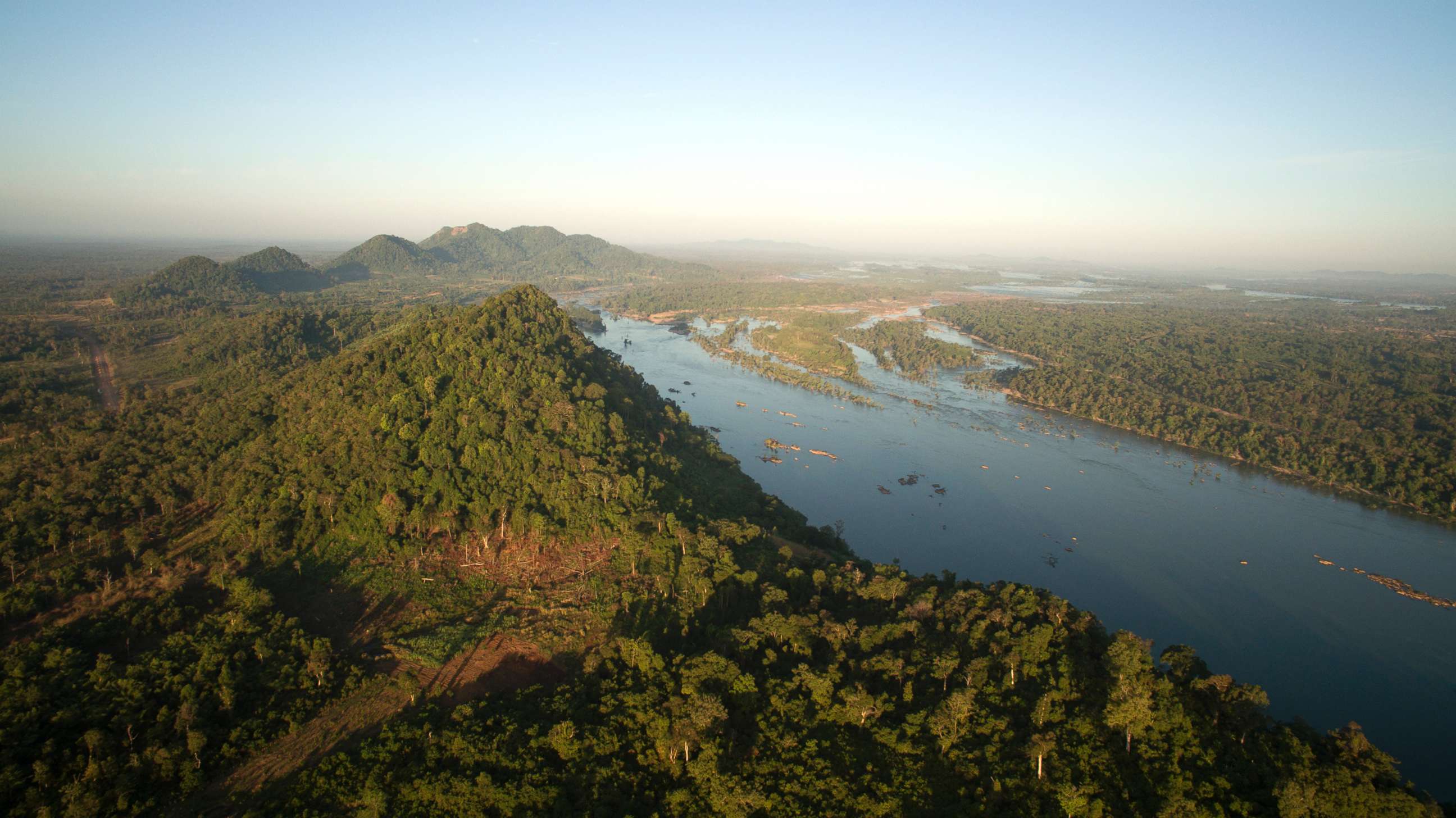
One of just a few species of river dolphins in the world, Irrawaddy dolphins had plummeted from 200 in 1997, the first year they were counted, to just 80 in 2015. Today the population is estimated at 97 with three dolphins born just this year.
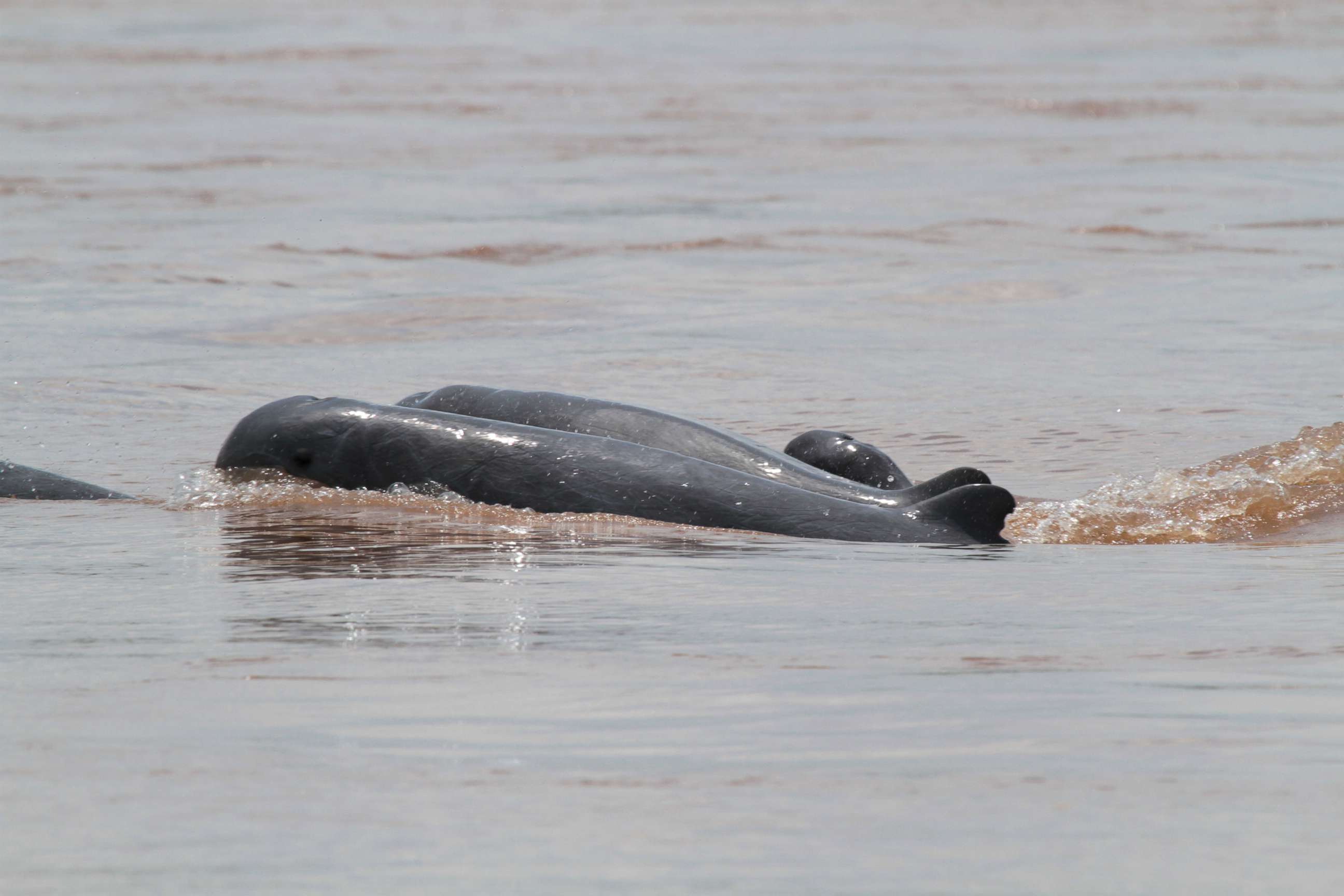
Effective patrolling by teams of river guards and the strict confiscation of illegal gill nets which trap and drown the dolphins are the main reasons for the increase, according to experts.
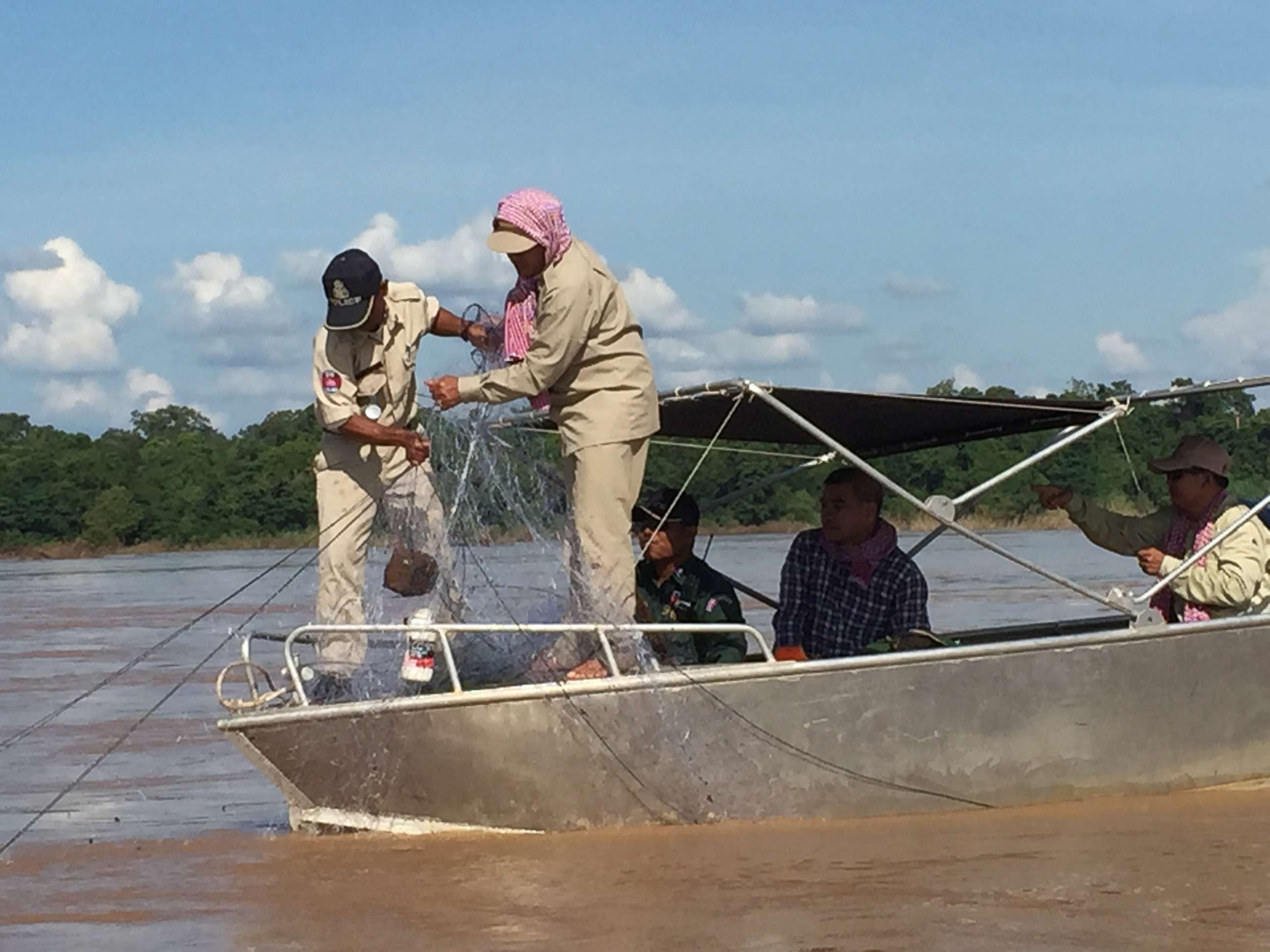
Law enforcement efforts and increased ecotourism have helped draw attention to the dolphins while bringing economic opportunities beyond fishing.

Besides the Irrawaddy dolphins, there are only four species of freshwater dolphins in the world: the baiji in China’s Yangtze River, the boto or "pink river dolphin" in the Amazon, and the bhulan and susu dolphins in Asia’s Ganges and Indus River systems. Three other species live in both marine and freshwater habitats. All of the river dolphins in Asia are listed as critically endangered.
The Irrawaddy dolphins have been threatened for decades: hunted by Khmer Rouge in the 1970s, bombed during the U.S.-Vietnam war and subjected to destructive fishing practices after 1979.
The latest survey shows other encouraging signs, with improvements in survival rates, an increase in the number of calves and a drop in deaths.
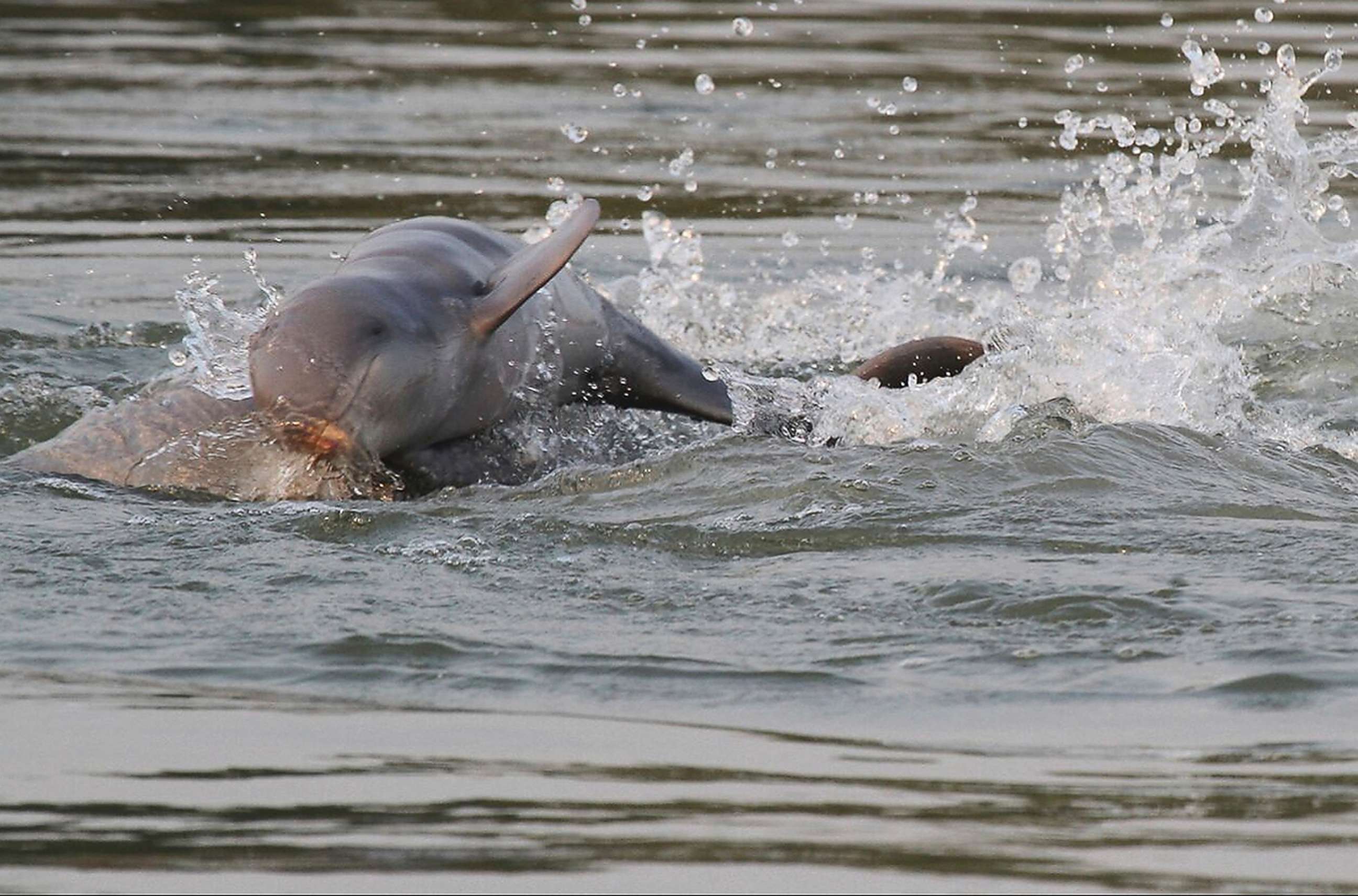
“River dolphins are indicators of the health of the Mekong River and their recovery is a hopeful sign for the river and the millions of people who depend on it,” said Seng Teak, country director of WWF Cambodia.
